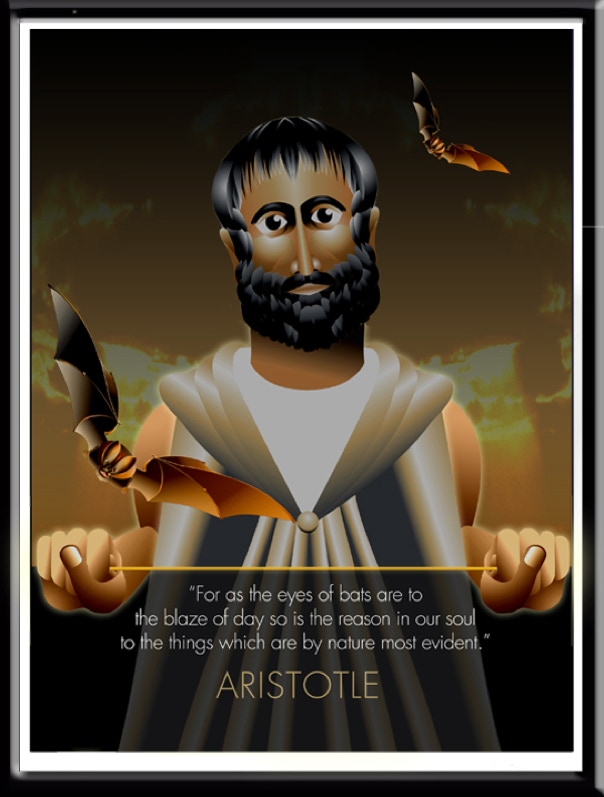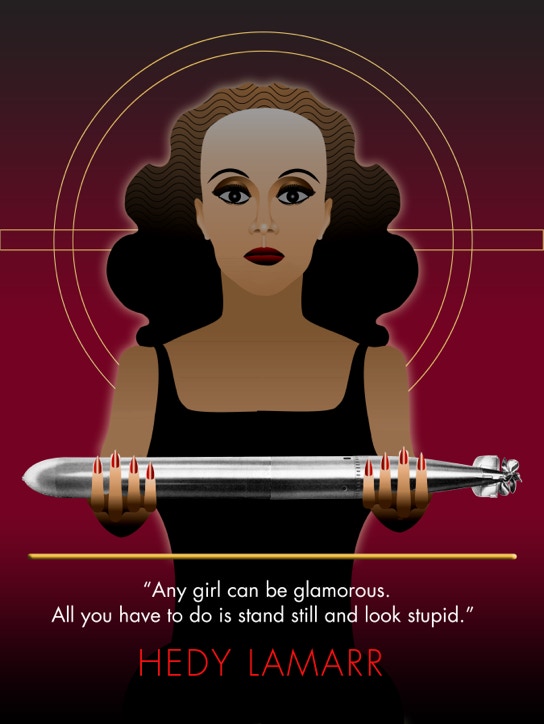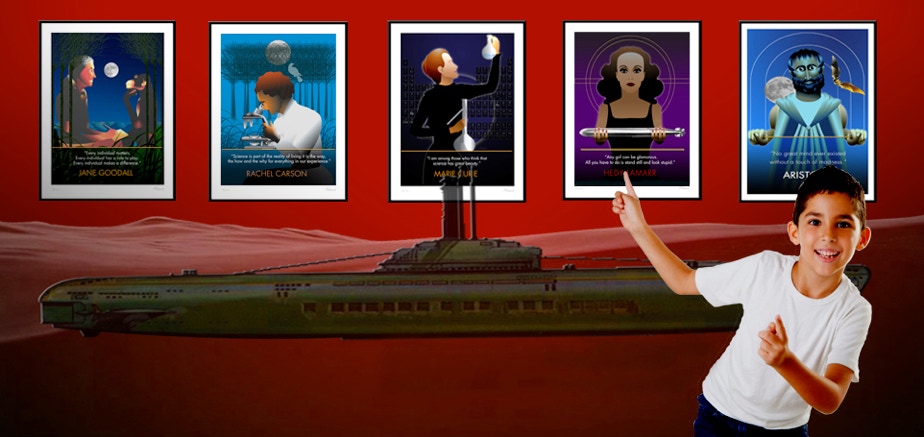Hedy Lamarr was an Austrian-born American film actress and inventor. After a brief early film career in Czechoslovakia, she fled from her husband, a wealthy Austrian ammunition manufacturer, and secretly moved to Paris. Traveling to London, she met Metro-Goldwyn-Mayer studio head Louis B. Mayer, who offered her a movie contract in Hollywood. She became a film star with her performance in Algiers (1938). Her MGM films include Lady of the Tropics (1939), Boom Town (1940), H.M. Pulham, Esq. (1941), and White Cargo (1942). Her greatest success was as Delilah in Cecil B. DeMille's Samson and Delilah (1949). She also acted on television before the release of her final film, The Female Animal (1958). She was honored with a star on the Hollywood Walk of Fame in 1960.
At the beginning of World War II, she and composer George Antheil developed a radio guidance system for Allied torpedoes that used spread spectrum and frequency hopping technology to defeat the threat of jamming by the Axis powers. Although the US Navy did not adopt the technology until the 1960s, the principles of their work are incorporated in Bluetooth and GPS technology and are similar to methods used in legacy versions of CDMA and Wi-Fi. This work led to the pair’s induction into the National Inventors Hall of Fame in 2014.
TRY THIS!
What would you do If you had the opportunity to become a glamor-queen in the golden era of Hollywood? There would be just one condition. No one would take you seriously, even though you had the potential power to save thousands of lives. We’d love to read your assessment of this dilemma. Please leave it on in our blog.



